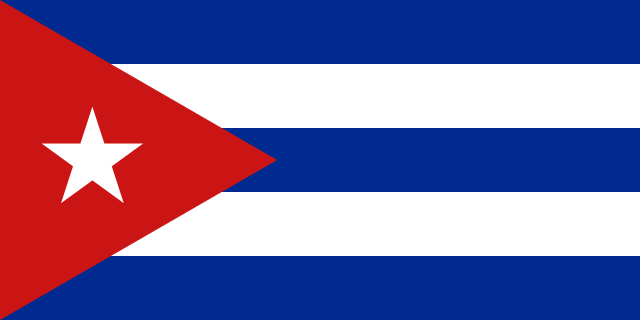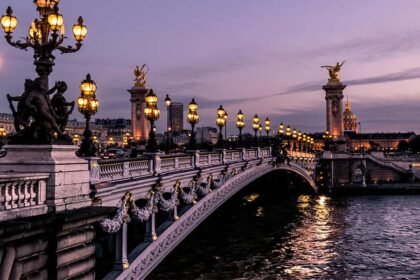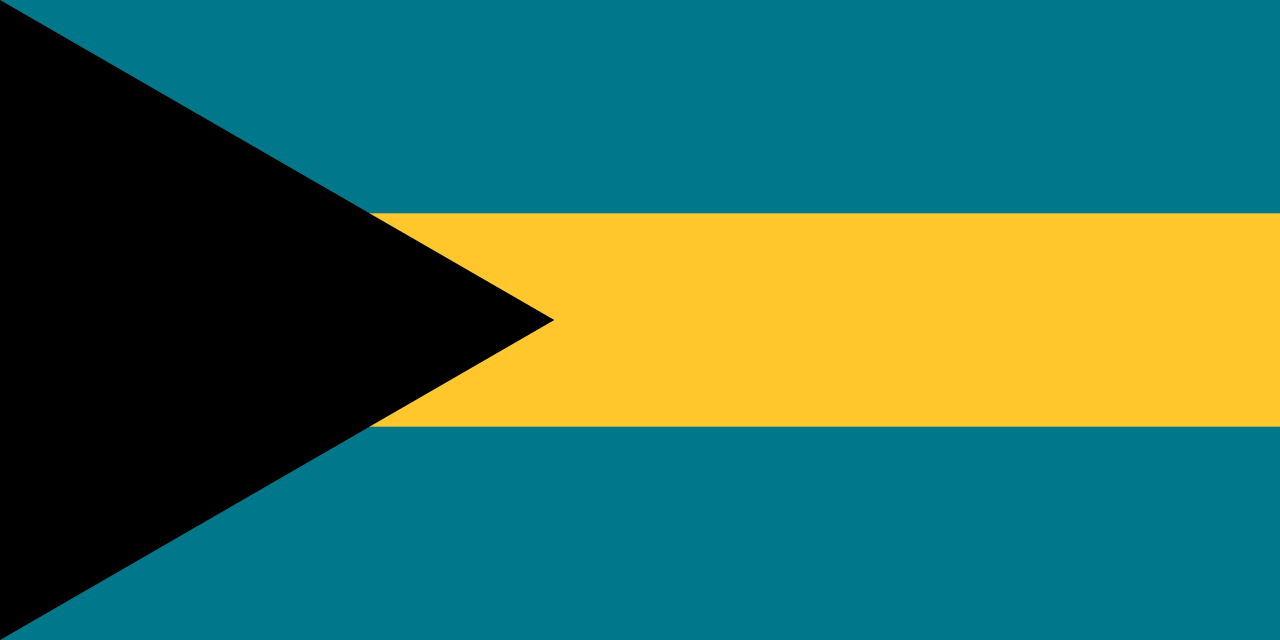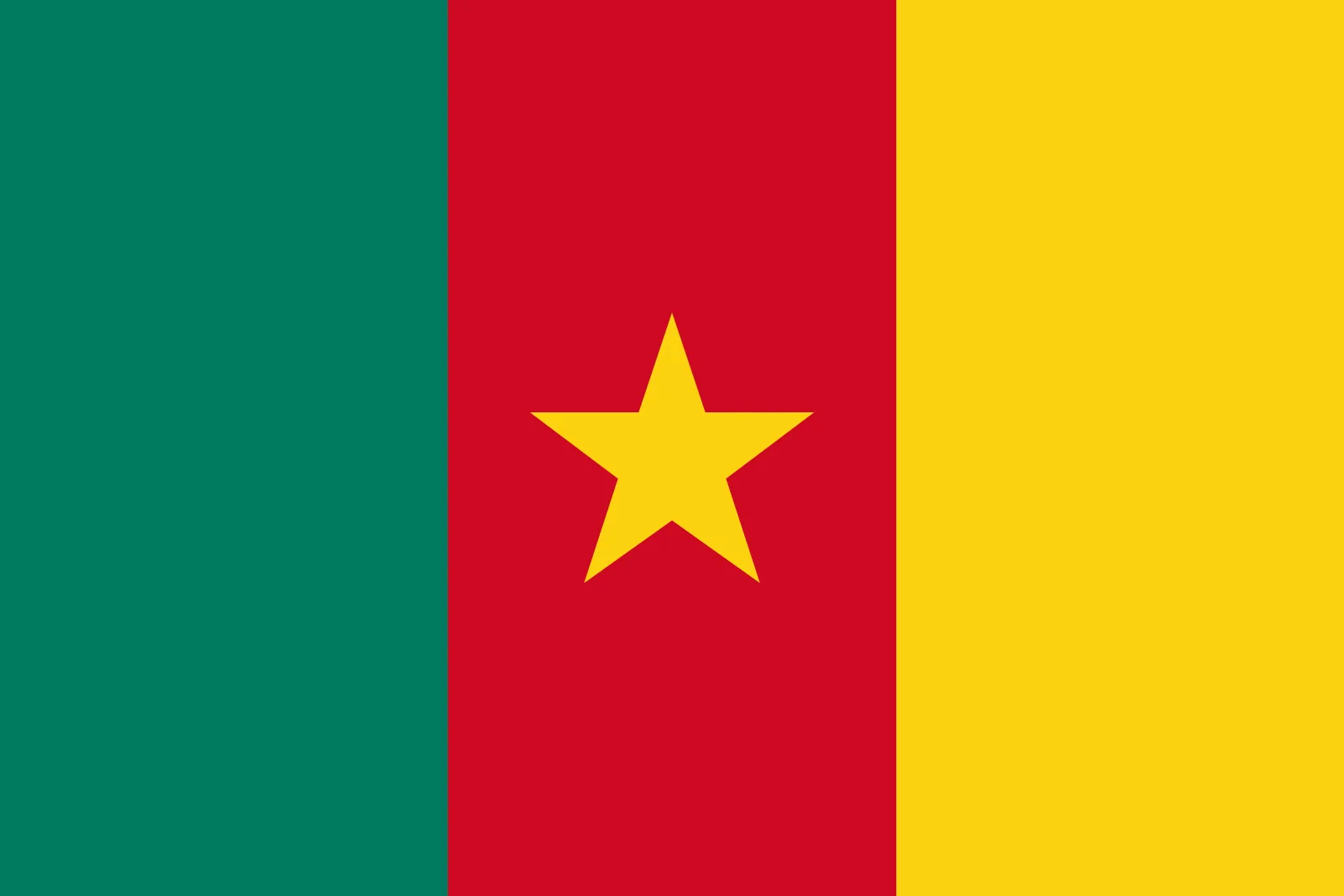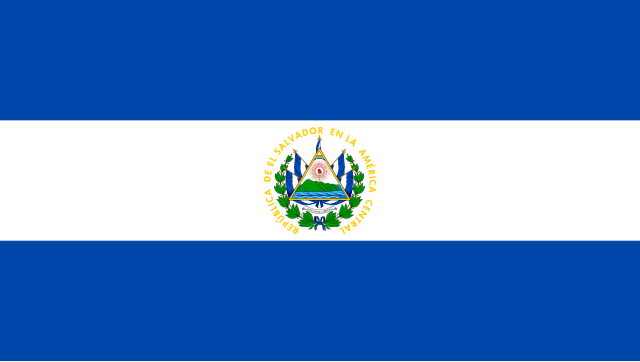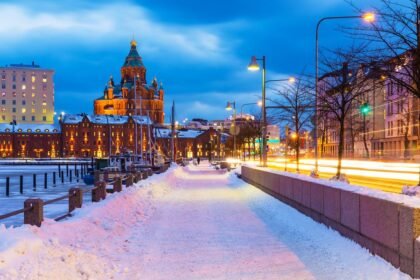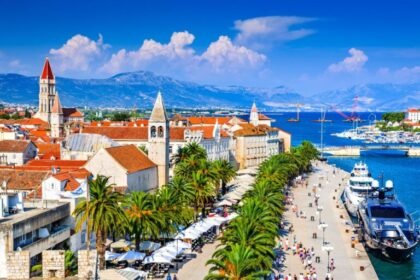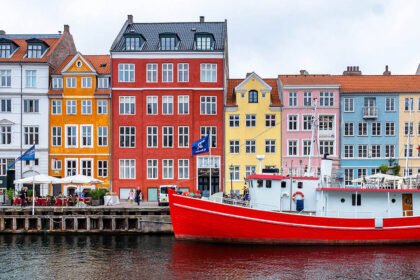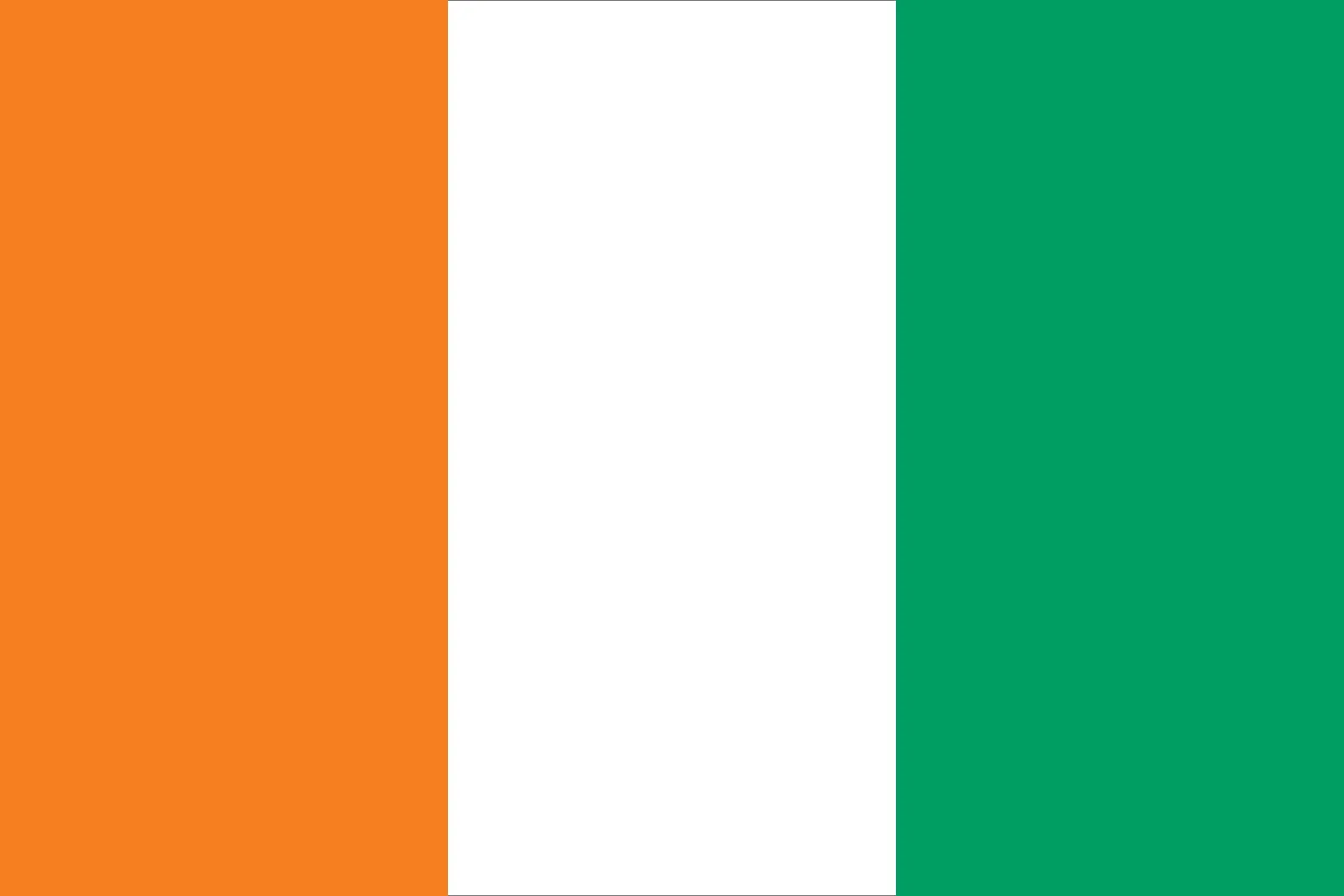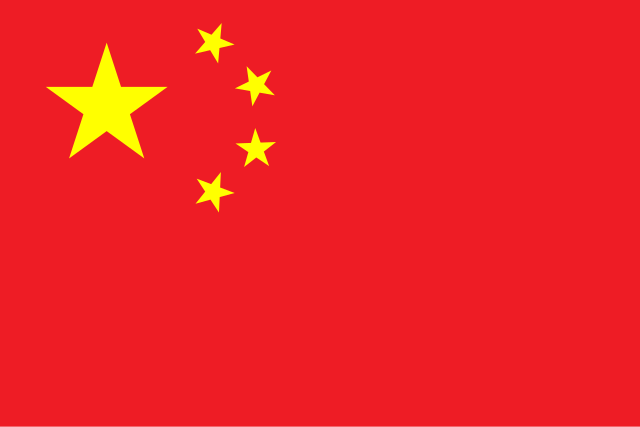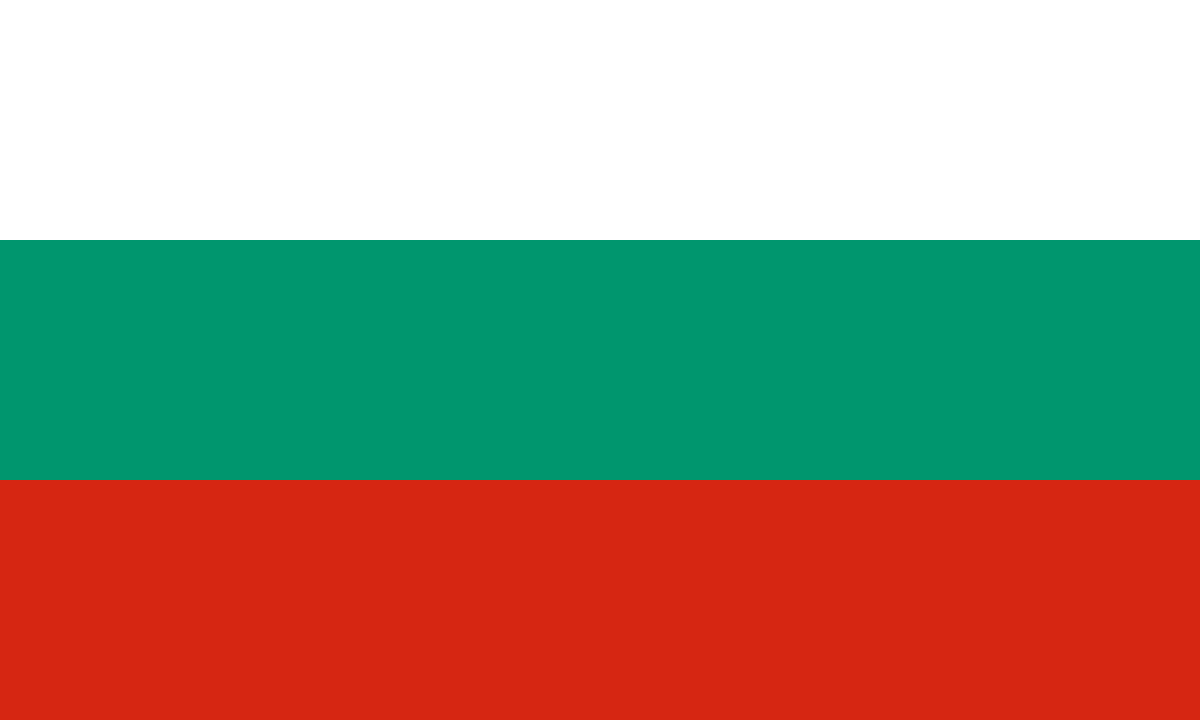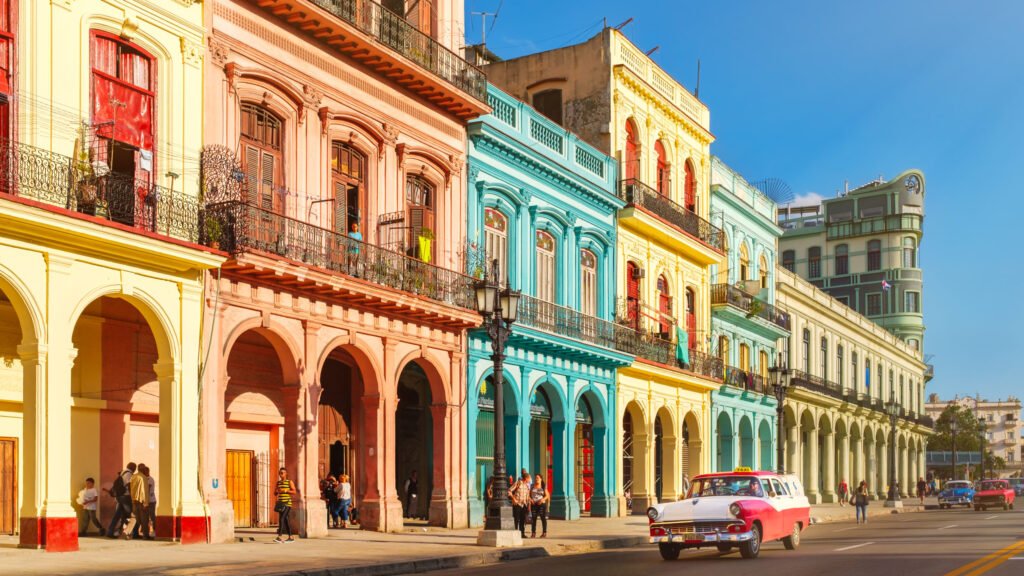
Cuba, the largest island in the Caribbean, is a captivating destination known for its rich history, lively culture, and stunning landscapes. From Havana’s colonial architecture to Varadero’s pristine beaches, Cuba offers a unique blend of old-world charm and tropical allure. This article provides an overview of Cuba, covering its history, culture, top destinations, and practical travel tips.
1. A Glimpse into Cuba’s History
Cuba’s history is a fascinating narrative of indigenous civilizations, colonial conquest, and revolutionary fervor.
- Pre-Colonial and Colonial Era: Before the arrival of Christopher Columbus in 1492, Cuba was inhabited by the Taíno and Ciboney peoples. The island was colonized by the Spanish in the early 16th century, becoming an important outpost in the Spanish Empire. Sugar plantations and the slave trade were central to the island’s economy during this period.
- Cuban Independence: After centuries of Spanish rule, Cuba gained independence in 1902 following the Spanish-American War. However, the early 20th century was marked by political instability and significant U.S. influence in Cuban affairs.
- Cuban Revolution: The Cuban Revolution of 1959, led by Fidel Castro and Che Guevara, marked a turning point in the island’s history. The revolution established a socialist government and led to decades of tense relations with the United States, including the infamous Bay of Pigs invasion and the Cuban Missile Crisis.
2. Cuba’s Rich Cultural Heritage
Cuba’s culture is a vibrant mix of Spanish, African, and indigenous influences, reflected in its music, dance, and everyday life.
- Language: Spanish is the official language of Cuba, spoken by nearly the entire population. Cuban Spanish has a distinct accent and includes words from African languages and indigenous Taíno.
- Religion: Cuba has a diverse religious landscape. While Catholicism is the predominant religion, Afro-Cuban religions such as Santería are widely practiced. Santería combines elements of Yoruba religion from West Africa with Catholicism and has a profound influence on Cuban culture, particularly in music and dance.
- Music and Dance: Music is the heartbeat of Cuban culture. The island is the birthplace of Son Cubano, Salsa, Rumba, and Cha-Cha-Cha. Live music is a staple in Cuban life, with bands playing in parks, bars, and homes. Dance is equally important, with Cubans mastering the rhythms of salsa, mambo, and rumba from a young age.
- Cuisine: Cuban cuisine is a fusion of Spanish, African, and Caribbean flavors. Traditional dishes include Ropa Vieja (shredded beef in a tomato sauce), Moros y Cristianos (black beans and rice), and Tostones (fried green plantains). Cuban coffee is strong and sweet, often served in small cups known as cafecitos.
3. Currency and Practical Information
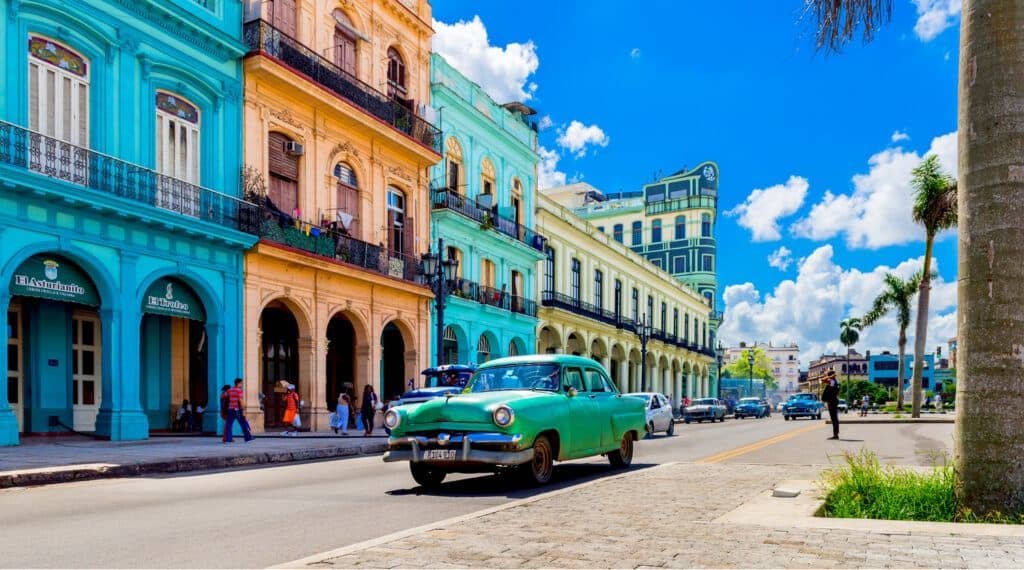
Cuba has a unique dual currency system: the Cuban Peso (CUP) and the Cuban Convertible Peso (CUC), with CUC being phased out in recent years. Tourists typically use CUP, and it’s important to be aware of this system when exchanging money. Credit cards issued by U.S. banks are generally not accepted, so it’s advisable to carry enough cash for your trip.
4. Best Time to Visit Cuba
Cuba enjoys a tropical climate, making it a great destination year-round, but there are optimal times for different activities.
- Dry Season (November to April): The dry season is the best time to visit Cuba, with warm, sunny weather and little rain. This period is ideal for exploring cities, lounging on beaches, and participating in outdoor activities.
- Wet Season (May to October): The wet season sees higher temperatures and more frequent rainfall, with the potential for hurricanes. However, this is also a less crowded time to visit, and the countryside is lush and green.
5. Top 5 Destinations in Cuba
Cuba offers a diverse array of destinations, each with its own unique charm and attractions.
1. Havana
Havana, the capital city, is a vibrant metropolis where history and modernity coexist. The city’s Old Town, La Habana Vieja, is a UNESCO World Heritage site filled with colonial buildings, cobblestone streets, and historic plazas. Don’t miss the Malecón, a famous seaside promenade, or a visit to the revolutionary landmark Plaza de la Revolución.
2. Varadero
Varadero is Cuba’s premier beach destination, known for its stunning 20-kilometer stretch of white sand and crystal-clear waters. It’s perfect for sunbathing, swimming, and water sports. The area also offers luxurious resorts, golf courses, and the nearby Varahicacos Ecological Reserve, where you can explore caves and nature trails.
3. Trinidad
Trinidad is a beautifully preserved colonial town that feels like stepping back in time. Its colorful streets, historic buildings, and vibrant music scene make it a must-visit destination. Explore Plaza Mayor, visit the Museo Romántico, and take a trip to the nearby Valle de los Ingenios, a valley once home to sugar plantations.
4. Viñales
Viñales is a picturesque valley known for its dramatic landscapes, tobacco farms, and traditional rural life. The Viñales Valley is a UNESCO World Heritage site, famous for its Mogotes (limestone hills). Visitors can tour tobacco plantations, explore caves like Cueva del Indio, and enjoy hiking or horseback riding through the stunning scenery.
5. Santiago de Cuba
Santiago de Cuba, the island’s second-largest city, is the cultural capital of Cuba. It’s known for its rich Afro-Cuban heritage, lively music scene, and historic significance. Visit Castillo del Morro, a fortress overlooking the Caribbean, explore Parque Céspedes, and experience the vibrant Carnival of Santiago, the most famous festival in Cuba.
6. Things to Do in Cuba
Cuba offers a wide range of activities, from cultural experiences to outdoor adventures.
- Exploring Historic Sites: Cuba is rich in history, and exploring its historic sites is a must. Visit Ernest Hemingway’s House in Havana, Che Guevara’s Mausoleum in Santa Clara, and the Bay of Pigs, a historic site of the failed U.S. invasion.
- Enjoying Cuban Music and Dance: Experience live Cuban music at a local Casa de la Música or take a salsa dance class to immerse yourself in the island’s rhythm.
- Tasting Cuban Cigars: Cuba is famous for its cigars, and a visit to a cigar factory or plantation is a unique experience. Learn about the production process and sample some of the world’s best cigars.
- Diving and Snorkeling: The waters around Cuba are teeming with marine life, making it a great destination for diving and snorkeling. The Bay of Pigs and the Gardens of the Queen are two of the best spots for underwater exploration.
- Taking a Classic Car Ride: A trip to Cuba wouldn’t be complete without a ride in a classic 1950s American car. These colorful vehicles are a symbol of Cuba and offer a fun way to see the sights.
7. Practical Tips for Travelers
- Visas: Most travelers to Cuba will need a Tourist Card (visa), which can usually be obtained through airlines or Cuban consulates.
- Transportation: While public transportation is available, renting a car or hiring a driver can provide more flexibility when exploring the island.
- Health and Safety: Cuba is generally safe for travelers, but it’s wise to have travel insurance and take precautions against tropical diseases. Drinking bottled water is recommended.
8. Why Cuba Should Be on Your Travel List
Cuba offers a unique blend of rich history, vibrant culture, and natural beauty that makes it a must-visit destination. Whether you’re exploring the historic streets of Havana, relaxing on the beaches of Varadero, or immersing yourself in the rhythms of Cuban music, the island promises an unforgettable travel experience. Its warm hospitality, diverse landscapes, and lively spirit make Cuba a truly special place to visit.
